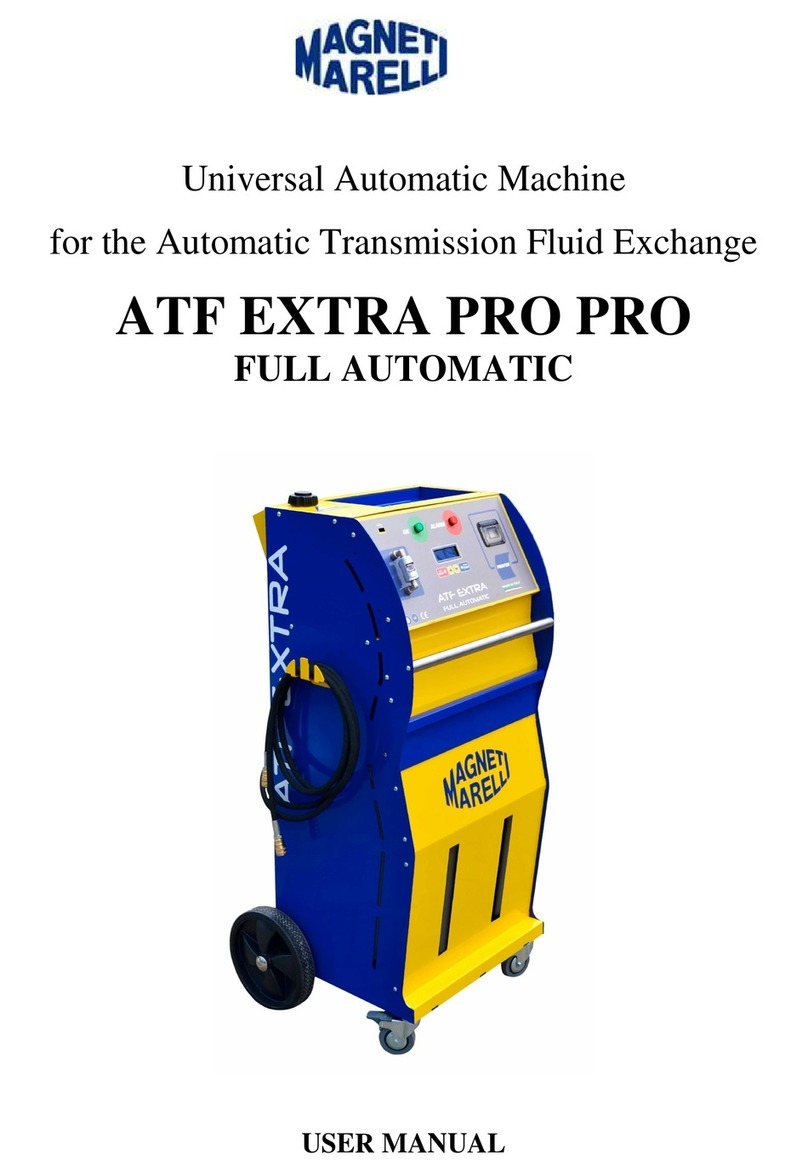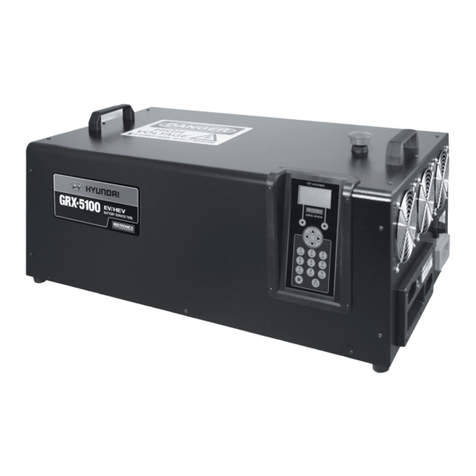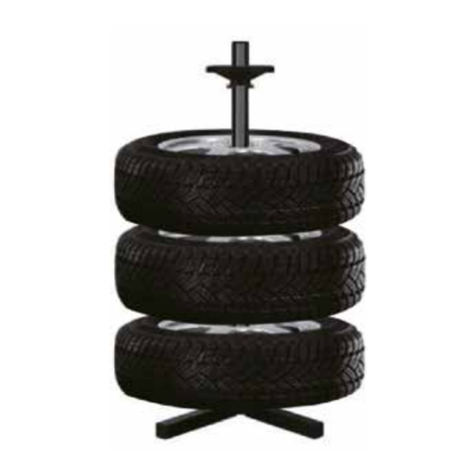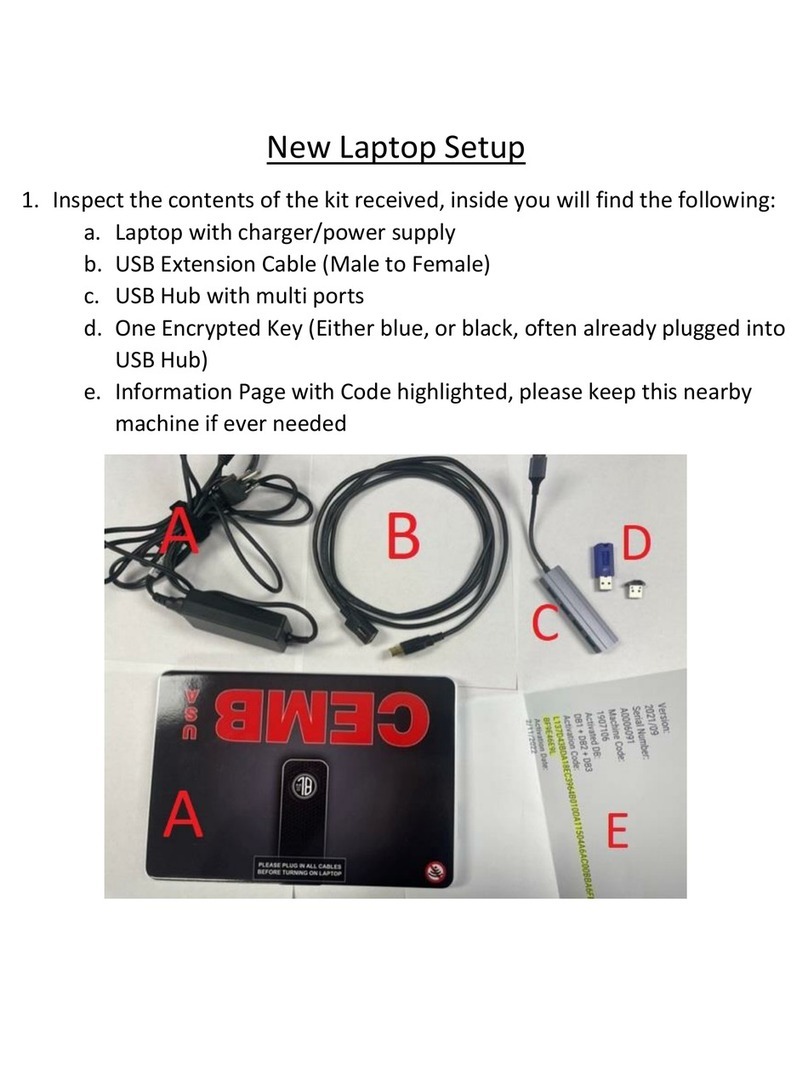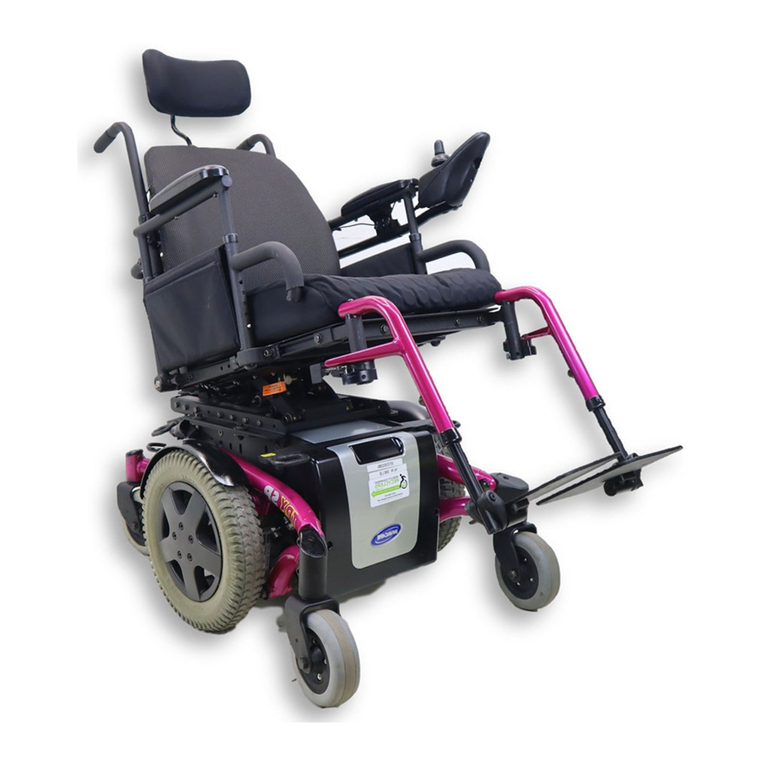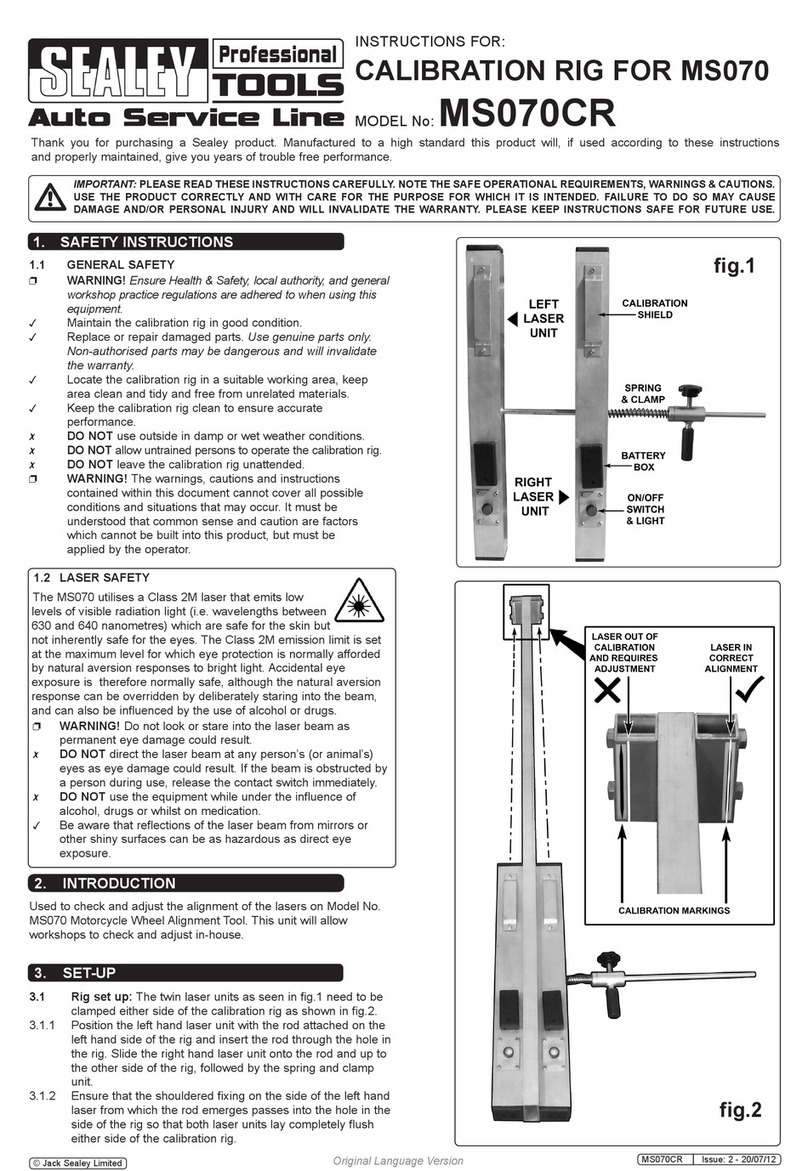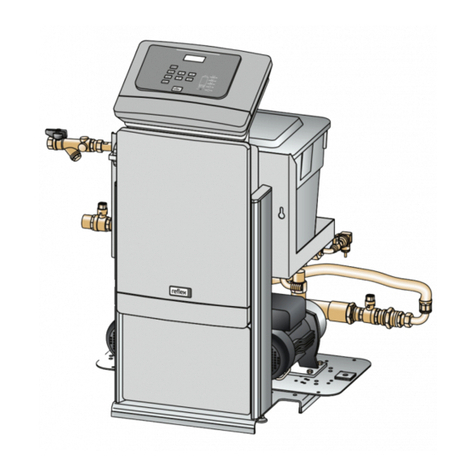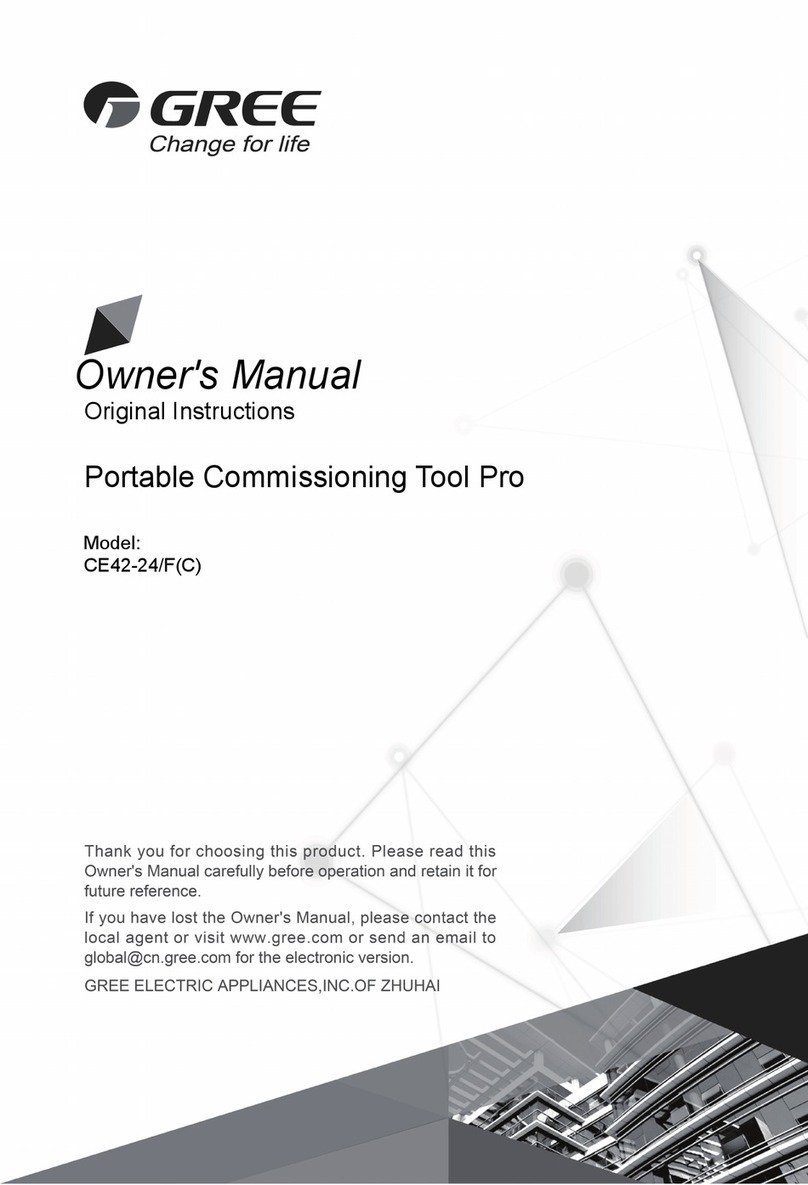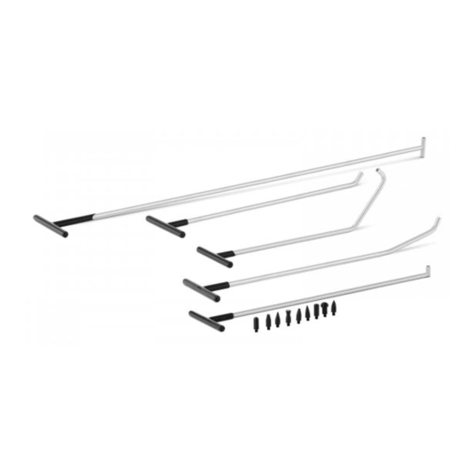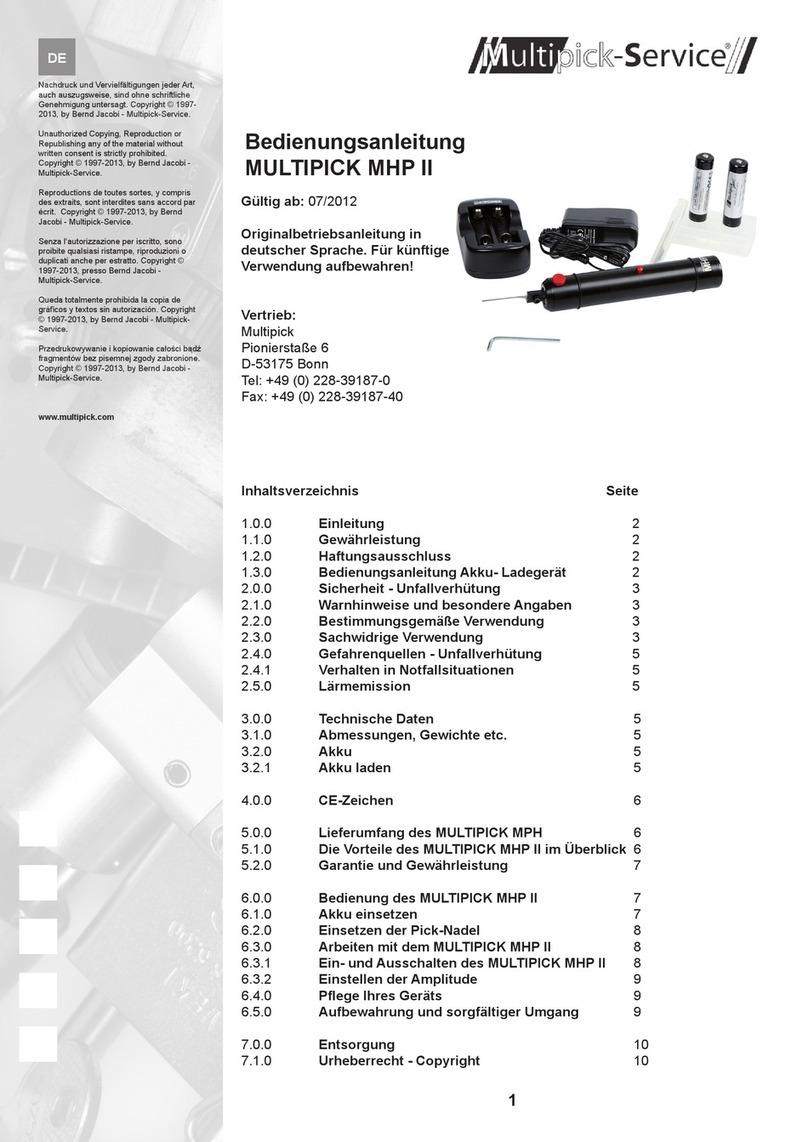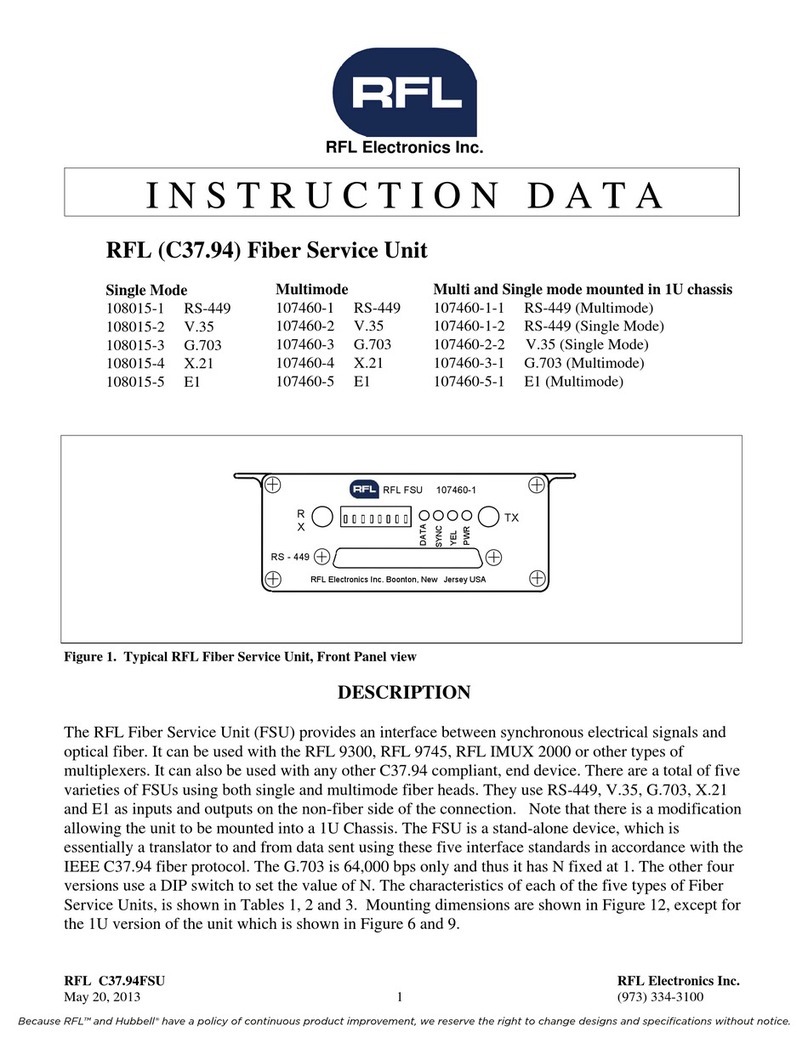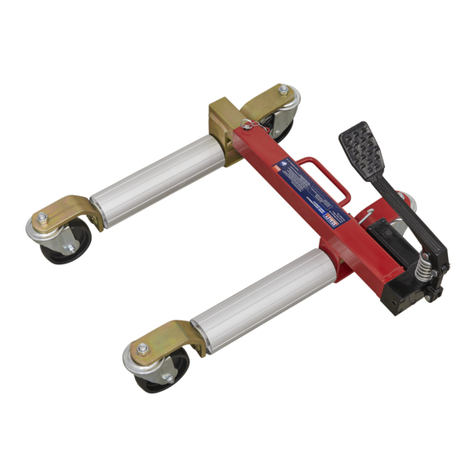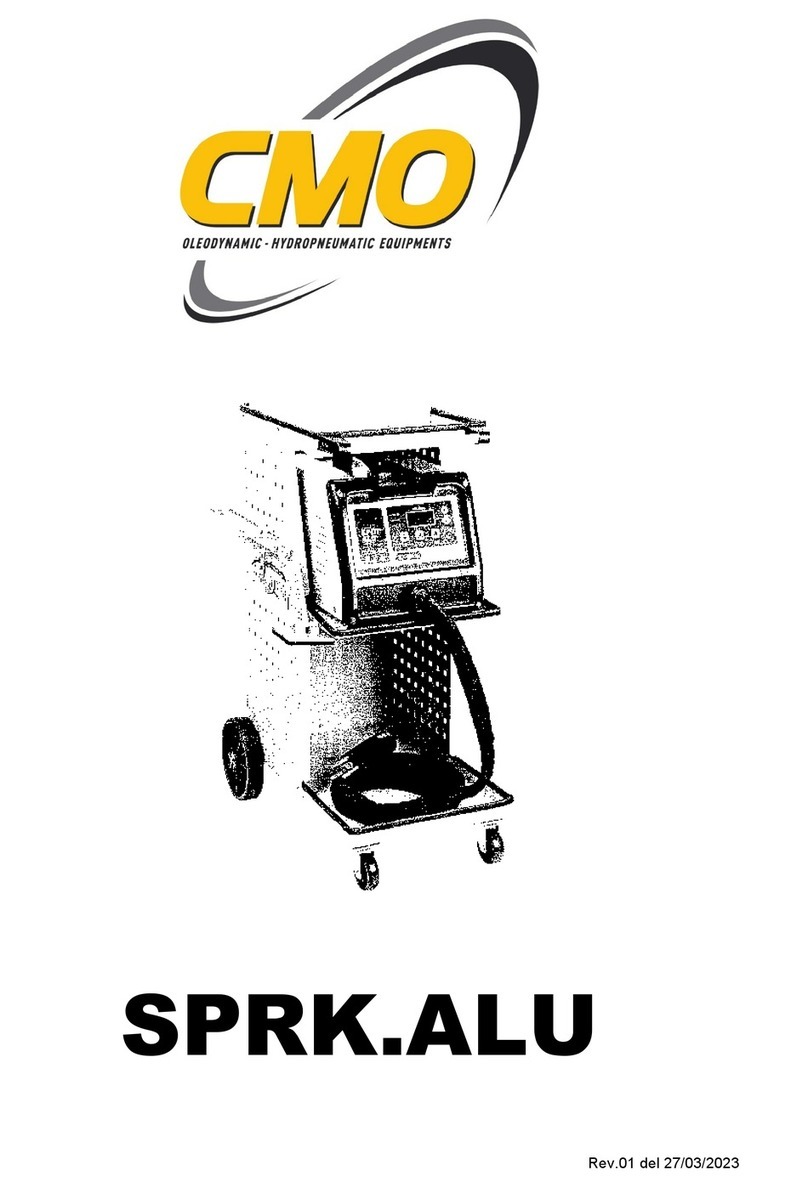
10/24
3. SAFETY INSTRUCTIONS
3.1. Explanation of the safety decals
There are no separate warning decals on the product, but you should take note of the warnings on the
bottom of the type plate.
If you can no longer read the warnings correctly or if the warnings are no longer complete, replace the
entire type plate.
Decal Explanation Reference
Type – Typ XXX
XXX
XXX
XXX
XXX kg
XXX mm
XXX mm
XXX kg-I
XXX mm
XXX bar
Controleer de restcapaciteit van de heftruck met uitrusting.
Vérifiez la capacité résiduelle du chariot avec l’equipment.
Check the residual capacity of the truck with the equipment.
Beachten Sie die restliche Tragfähigkeit des Staplers mit Vorbau.
Manufactured outside the EU for TVH PARTS NV
Brabantstraat 15 • B-8790 Waregem
www.camattachments.com
Imported in the UK by TVH UK
National Distribution Centre • Zortech Avenue
Kidderminster, Worcestershire • DY11 7DY
TVH 644669
Model – Modèle – Modell
Serienummer – Numéro de serie
Serial number – Seriennummer
Bouwjaar – Année de construction –
Year of construction – Baujahr
Gewicht – Poids – Weight –
Eigengewicht
Zwaartepunt – C.D.G. –
Centre of gravity – Eigenschwerpunkt
Voorbouwmaat – Épaisseur –
Thickness – Vorbaumaß
Nom. vermogen – Cap. nom. –
Capacity – Tragfähigkeit
Lastzwaartepunt – C.D.G. centre –
Load centre – Lastschwerpunkt
Max. werkdruk – Pression max.
de service – Max workpressure –
Max. Arbeitsdruck
Niet met waterstraal reinigen. – Ne pas laver avec jet d’eau.
Do not wash with water jet. – Nicht mit Wasserstrahl reinigen.
1
3
4
2
5
6
7
8
9
10
11
12
13
14
15
16
Check the residual capacity of your vehicle when
working with the big bag handler
166TA3441
Type – Typ XXX
XXX
XXX
XXX
XXX kg
XXX mm
XXX mm
XXX kg-I
XXX mm
XXX bar
Controleer de restcapaciteit van de heftruck met uitrusting.
Vérifiez la capacité résiduelle du chariot avec l’equipment.
Check the residual capacity of the truck with the equipment.
Beachten Sie die restliche Tragfähigkeit des Staplers mit Vorbau.
Manufactured outside the EU for TVH PARTS NV
Brabantstraat 15 • B-8790 Waregem
www.camattachments.com
Imported in the UK by TVH UK
National Distribution Centre • Zortech Avenue
Kidderminster, Worcestershire • DY11 7DY
TVH 644669
Model – Modèle – Modell
Serienummer – Numéro de serie
Serial number – Seriennummer
Bouwjaar – Année de construction –
Year of construction – Baujahr
Gewicht – Poids – Weight –
Eigengewicht
Zwaartepunt – C.D.G. –
Centre of gravity – Eigenschwerpunkt
Voorbouwmaat – Épaisseur –
Thickness – Vorbaumaß
Nom. vermogen – Cap. nom. –
Capacity – Tragfähigkeit
Lastzwaartepunt – C.D.G. centre –
Load centre – Lastschwerpunkt
Max. werkdruk – Pression max.
de service – Max workpressure –
Max. Arbeitsdruck
Niet met waterstraal reinigen. – Ne pas laver avec jet d’eau.
Do not wash with water jet. – Nicht mit Wasserstrahl reinigen.
Do not clean the big bag handler with a high
pressure cleaner
166TA3441
3.2. General safety instructions
• Do not operate the big bag handler unless you are of age.
• The person responsible for the use of the product must make sure that all of the safety rules
in force in the country of its use are applied, to guarantee that the equipment is used in
conformity with the use for which it is destined and to avoid any dangerous situation for the
user.
• Never exceed the maximum allowed weight that is indicated on the type plate or in this
manual.
• Never allow people to climb on or move under the equipment or load.
• Do not use to lift or transport people.
• The safety precautions and warnings are indicated in the manual and on the equipment
by means of visual messages. Failure to pay attention to these warning messages may
jeopardise the safety of the operator with serious consequences for himself and for other
people.
• Do not use the big bag handler for any other uses than those intended.
• The operator should wear safety shoes, protective gloves and clothing when using or
maintaining the big bag handler.
• Read the operating manual before using the big bag handler.
• Check the residual capacity of your vehicle when working with the big bag handler.
